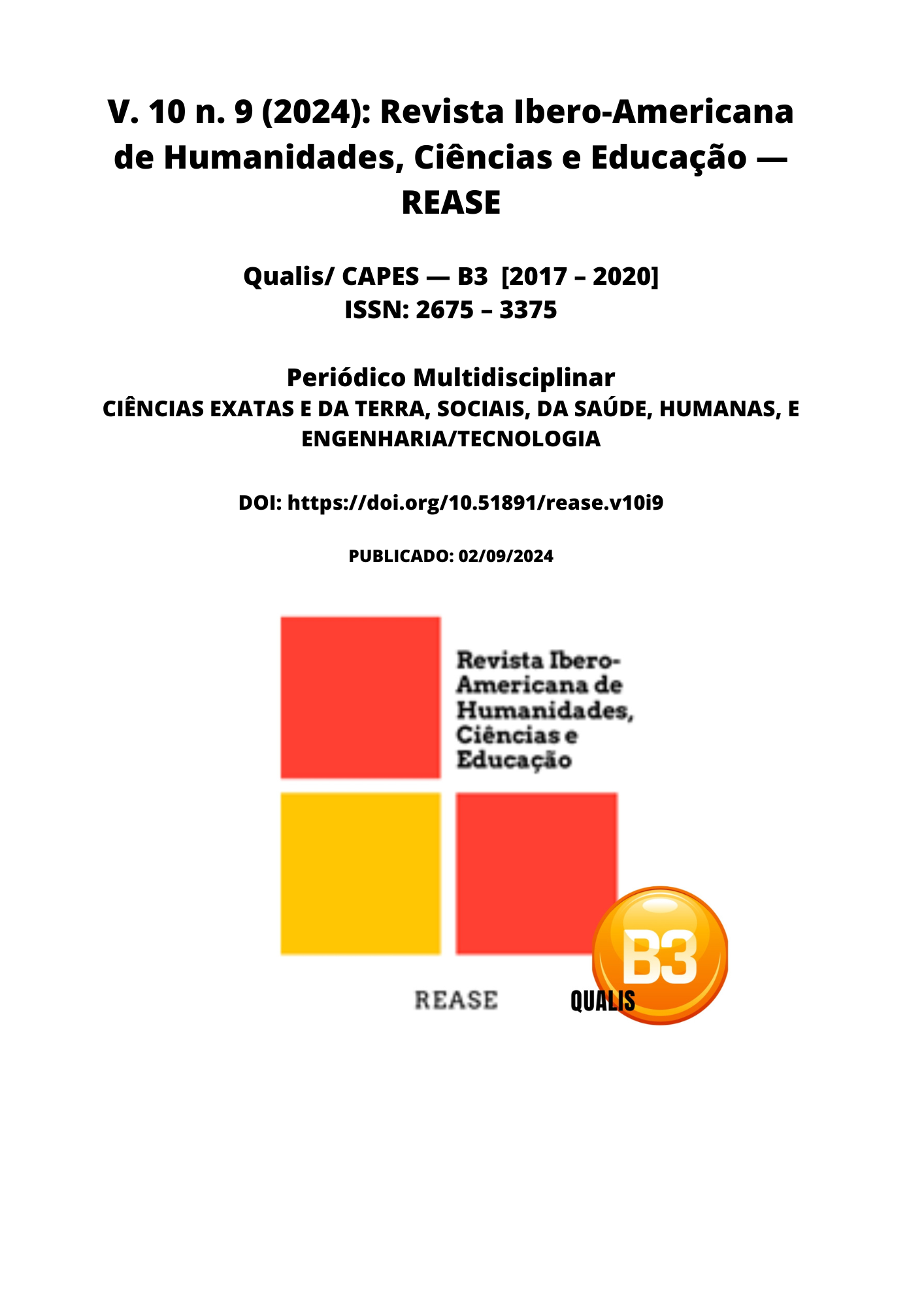ACTIVE METHODOLOGIES IN TEACHING MATHEMATICS FROM ELEMENTARY SCHOOL: NEW ATTITUDES TO ADDRESS LEARNING DIFFICULTIES
DOI:
https://doi.org/10.51891/rease.v10i9.15587Keywords:
Active Methodologies. Student. Playfulness.Abstract
This article addresses the importance of active methodologies during the teaching-learning process of Mathematics in elementary school-final years, in order to bring about a reflection on overcoming learning difficulties, considering that after the COVID-19 pandemic, most students returned to in-person classes with a large gap in learning. Analyses were made of how teachers can contribute using active methodologies, playfulness, through projects, to solve problems linked to this learning gap. Thus, the aim is to overcome the difficulties presented by students and adapt their knowledge, demonstrating mastery of the skills and competencies required for each year they attend. It emphasizes the need for new pedagogical practices in schools and educators, who are dedicated to the formation of individuals capable of continuously developing effective mechanisms and actions to educate students, give them more autonomy in thinking, and teach them to express their own thoughts and opinions. The bibliographic review provides a theoretical framework for the discussion on the topic.
Downloads
Downloads
Published
How to Cite
Issue
Section
Categories
License
Atribuição CC BY

